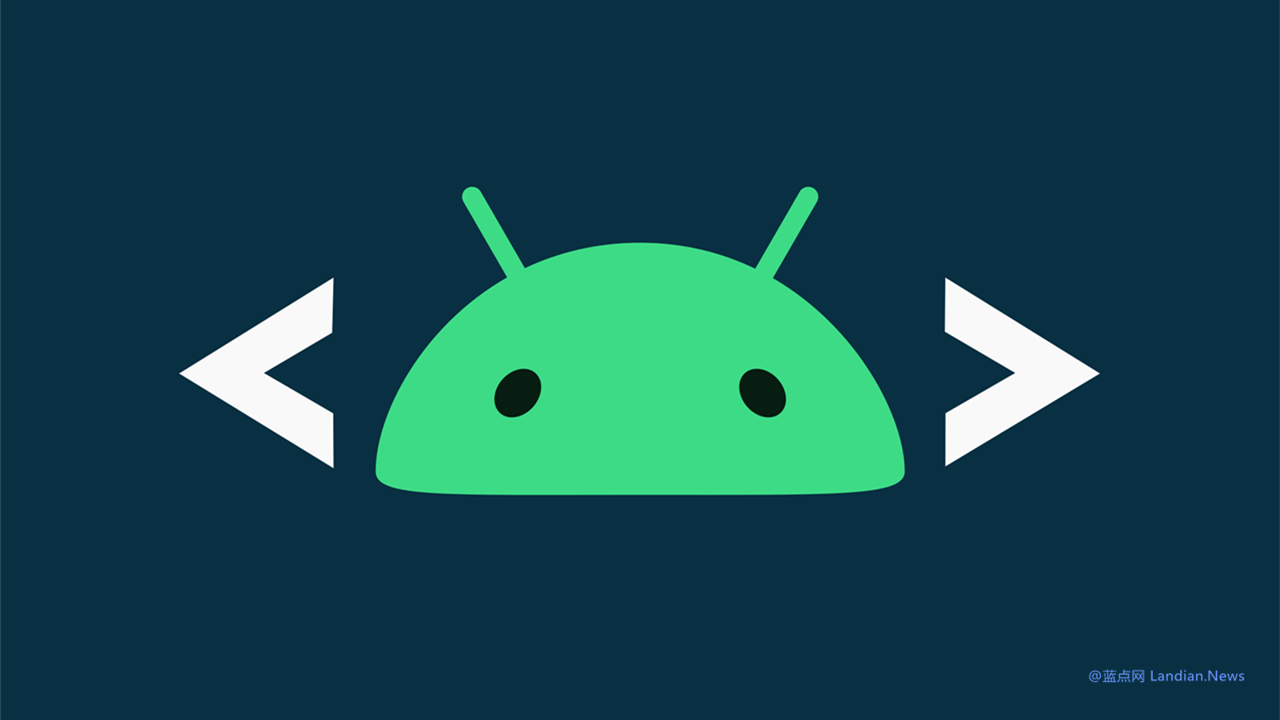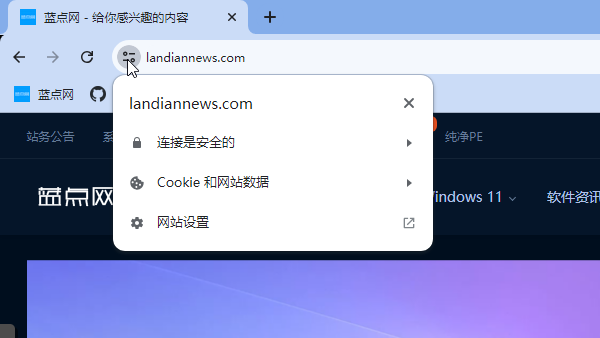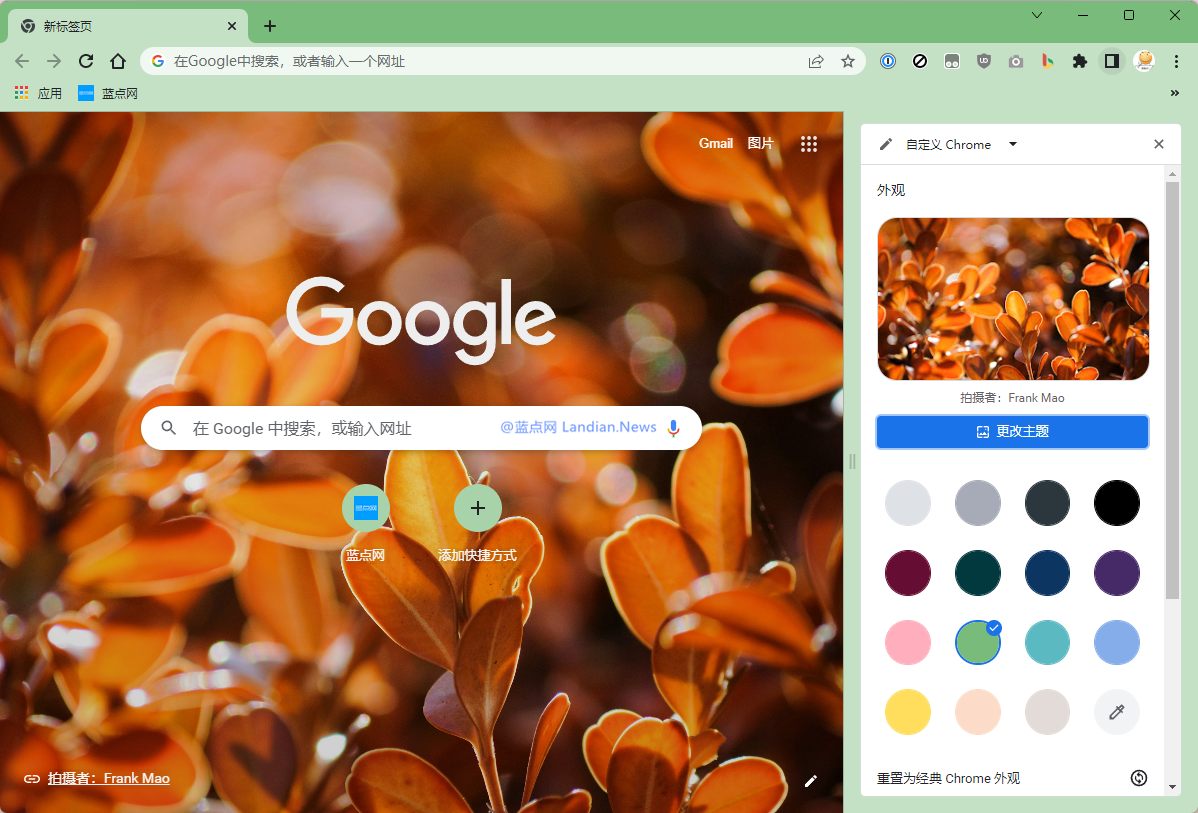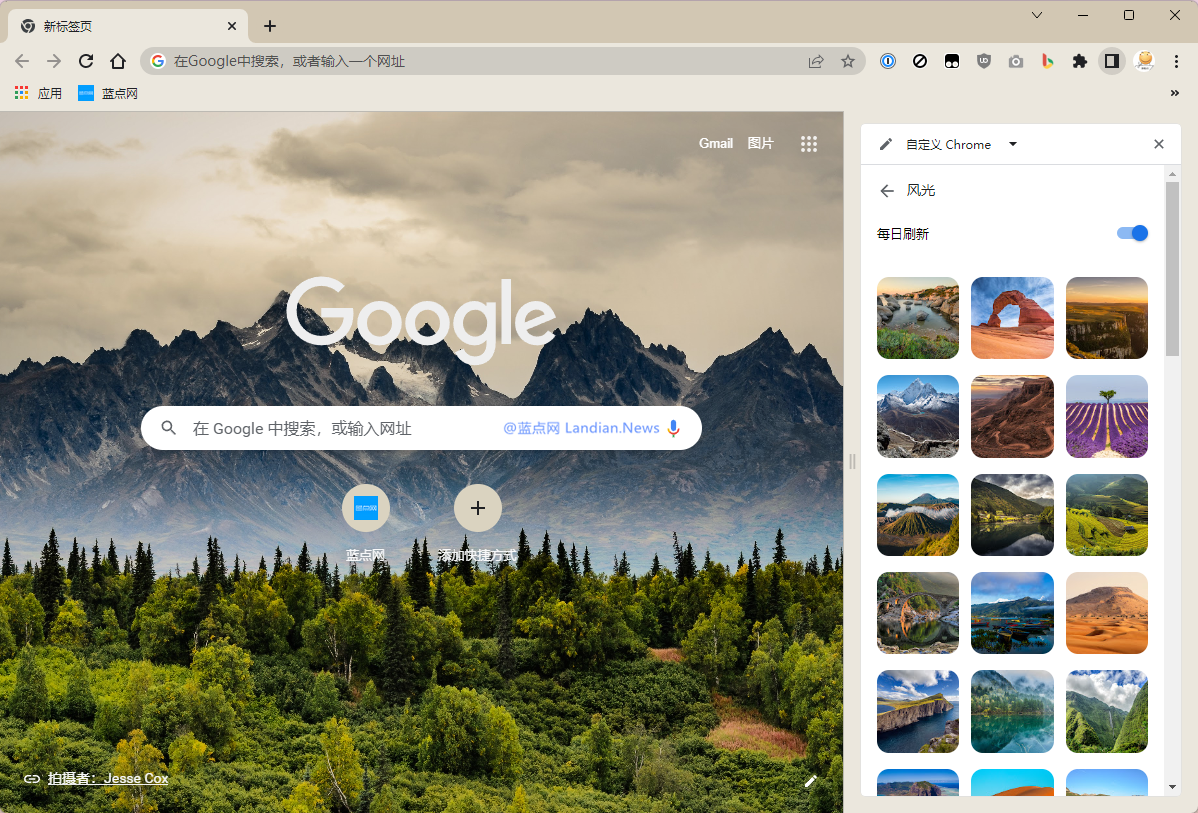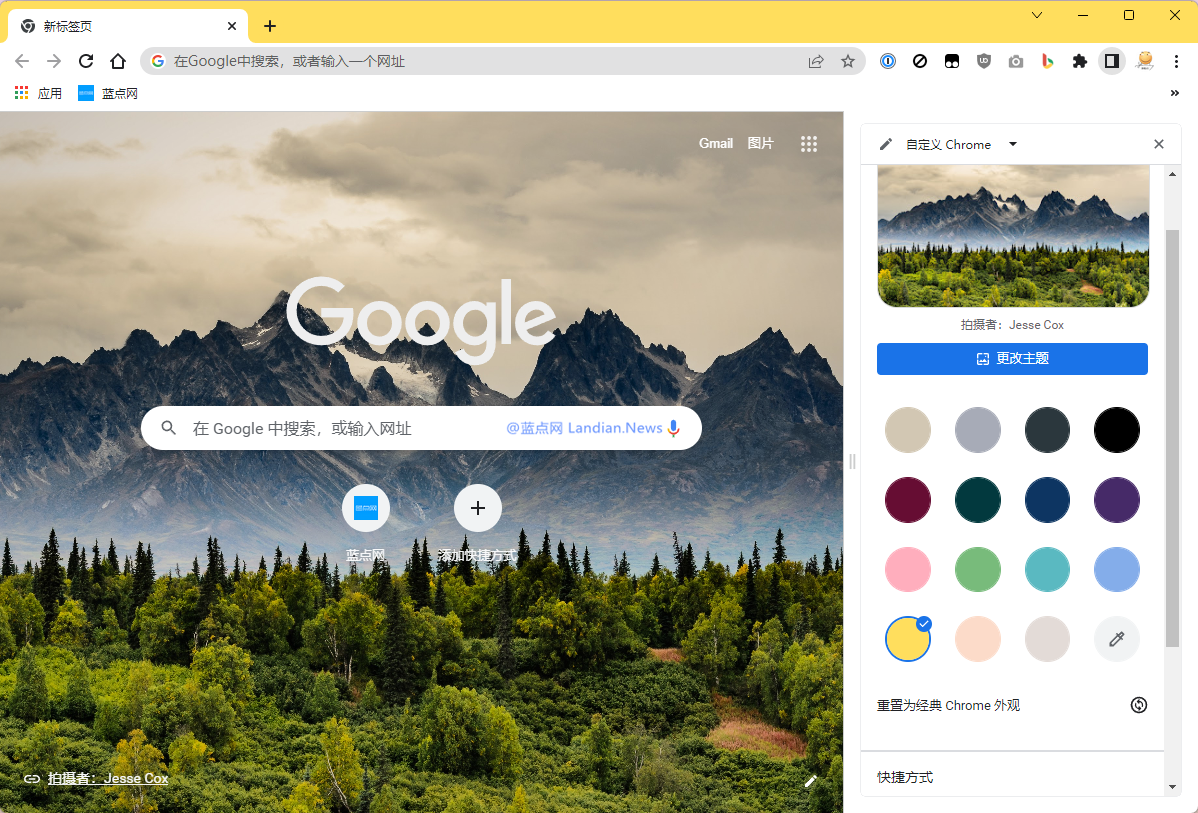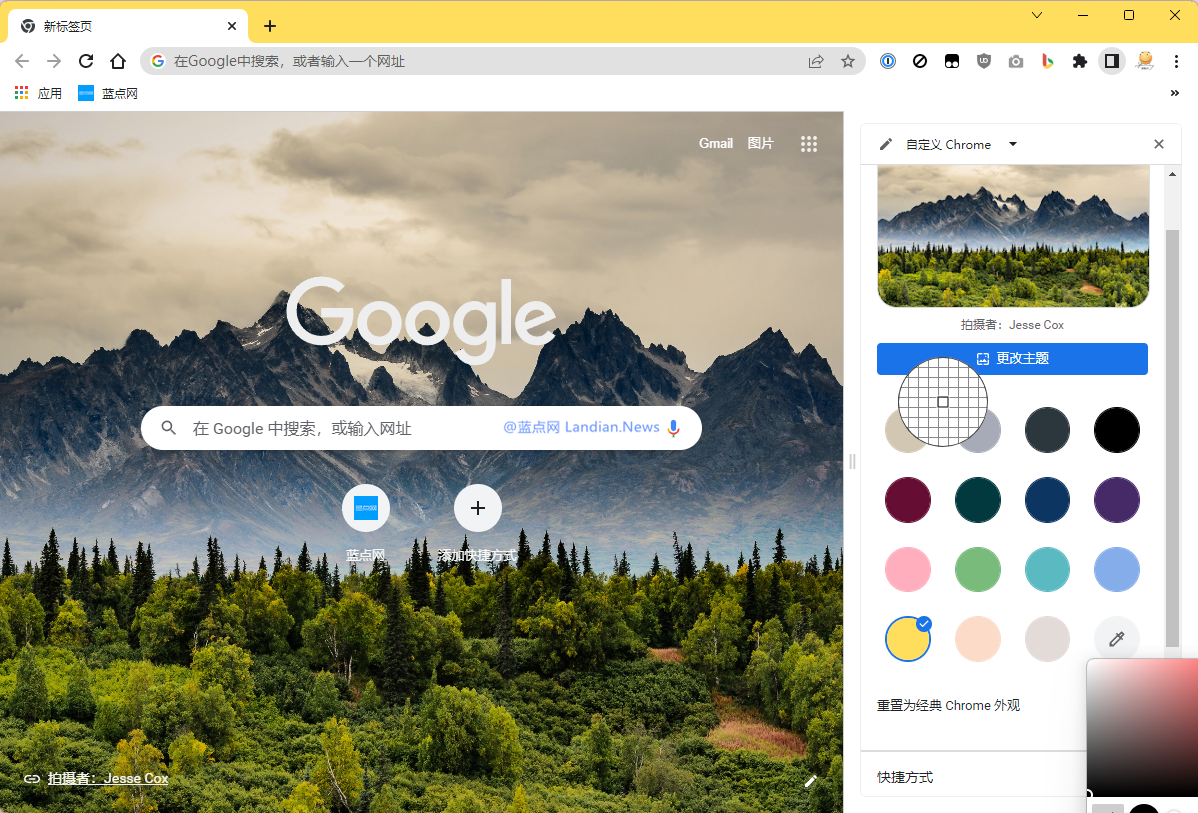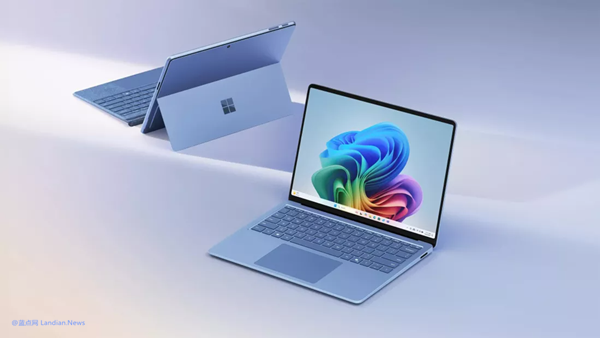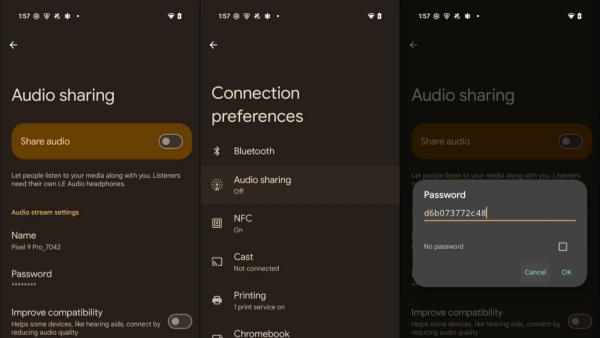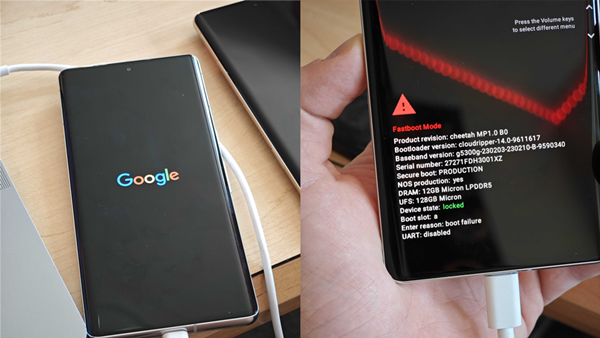Android's Future: Navigating the Challenges of Extended Software Support
When it comes to software update support, Apple is often mentioned for its long-term software update policy for iPhones. Even if a device can't be upgraded to the latest iOS version, Apple continues to release software updates for older devices.
In the Android camp, this kind of long-term software support has seemed impossible. In the past, most non-flagship Android devices would not receive any software updates after their release, and only a few flagship devices might receive one or two years of updates.
Now, OEMs are also considering the need for software and security updates. For example, manufacturers like Xiaomi are providing 2-3 years of update support for some of their devices. But could this period be extended further?
Starting with the Pixel 8, Google has been offering seven years of Android system updates and security updates, with this year's Pixel 9 series also receiving the same support until 2031.
Google now hopes that other OEMs can also offer up to seven years of software update support, including several major Android version updates, not just security patches.
A report by Android Authority revealed that Google aims to achieve this goal through the LGRF program, which essentially allows software from the same chipset supplier to be used across seven major Android version updates.
For instance, a device running Android 15 could potentially receive updates up to Android 22. The emphasis on chipset suppliers is due to hardware compatibility issues. Only if chipset suppliers (mainly Qualcomm and MediaTek) are willing to support old chips with new Android versions can OEMs adapt them.
However, even if chipset suppliers are willing to provide seven years of support, it's still up to the OEMs. For OEMs, continuing to release software updates for older devices requires an investment of resources with little return.
This is why many Android devices cease receiving updates soon after release—the OEMs quickly move on to developing the next device, abandoning updates for the previous model.
In theory, unless Google mandates such software update policies, OEMs are unlikely to provide this level of software update support for all devices, considering the cost implications. If such a policy were enforced, it could lead to fewer budget Android devices and higher prices.
